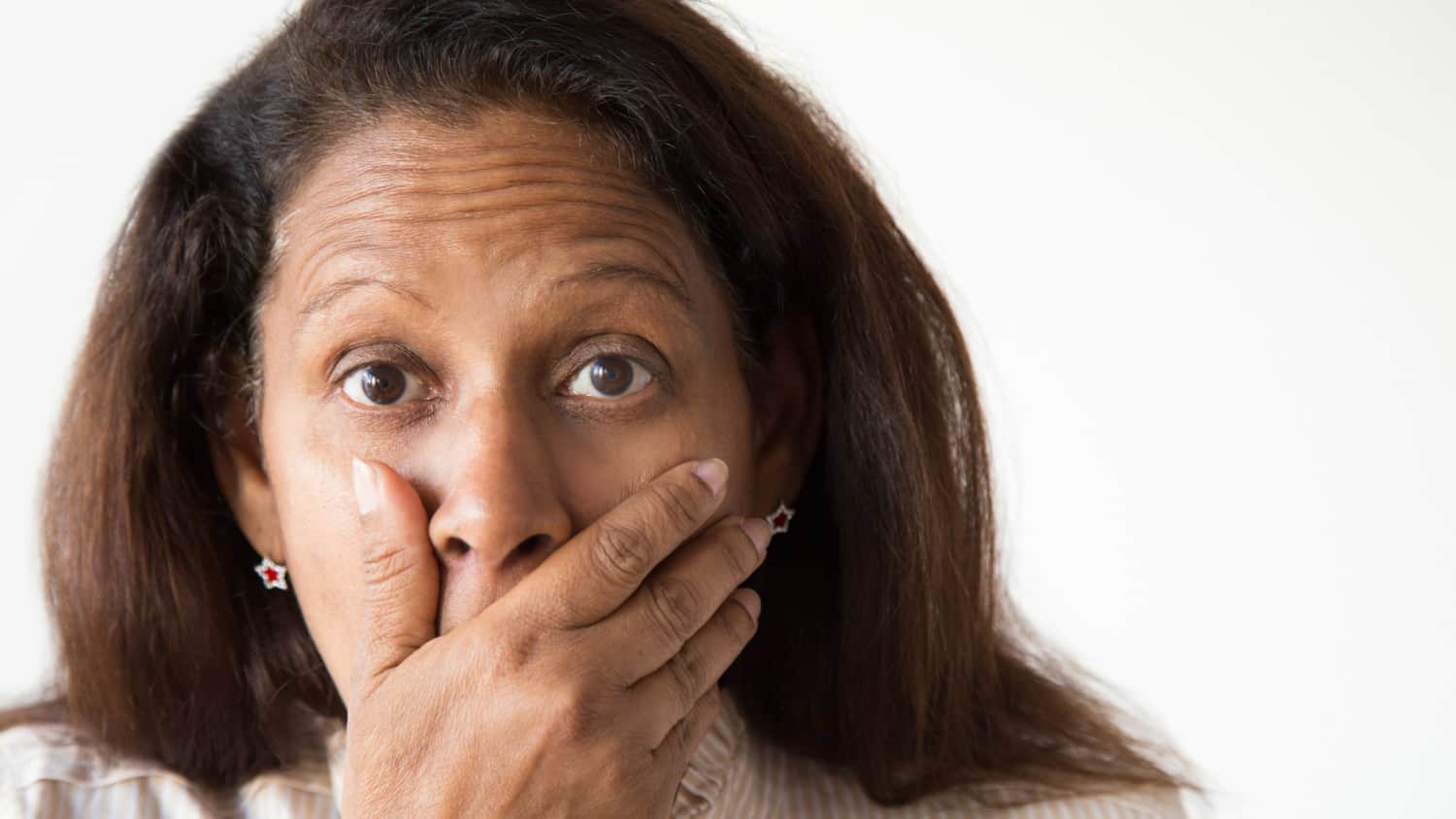
The Power of Using Female Body Part Words – One Woman’s Reflections
Two little girls, age 2 and 4, are having a bath. Their mother, a doctor, is asking them to wash themselves. “Who is going to wash her face,” she asks. “Me,” “Me”, they shout at once, giggling.
There is a bit of splashing, Then the mother continues, “And who is going to wash her vulva?” “Me,” “Me,” they again shout at once, again giggling.
Did your eyebrows go up? Mine did. And then they went down again. I think she was right.
It takes a bit of thinking about.
And where did I hear this exchange? On BBC Radio 4, on a series of programmes entitled “Inside Health,” with this section brazenly called “The vulva,” played on a Wednesday afternoon.
Body Part Names – Men
We grow up and are told various names for the lower end of our bodies.
Words for the male body are easy for reasons that aren’t altogether clear. You can use the formal words – penis and testicles – and many people do.
You might not talk about these things at the Queen’s Garden Party, but otherwise they are considered reasonable words with no overtones of impropriety.
There is also a friendly child’s term for the penis in England – and perhaps other parts of the world – the ‘willy’. It has an endearing quality and is not considered impolite, except in the most formal circumstances. Some men use it, too, but rarely in a sexual context.
And, of course, there are a lot of slang words for both, which you don’t learn at school and we don’t need to worry about here.
Body Part Names – Women
But for us women, it is much more complicated. There have always been issues around what we call our various body parts in the lower region.
And much more of a frisson when we say them out loud.
Somewhere along the line, we learn we have a vagina, often contrasted to the penis, and it is also seen as a respectable term.
And at school, we tend to be shown pictures of the inside reproductive parts, so we know about the ovaries, the fallopian tubes and the uterus (or womb) – and even the vagina in this context.
But what about the rest of our equipment? Who teaches us that we have a vulva or a mons pubis or labia majora and minora (which sound like some distant part of Turkey).
No one teaches us, we cannot see them and we remain remarkably ignorant. Indeed, we often know the names for the more detailed parts of our eyes better than we do of our female parts.
And then there are the inevitable euphemisms. My mother told me I had a ‘front bottom’ and a ‘back bottom’ and left it at that. I never learned anything more in that department from her.
When I had my daughter in 1969, the nurses informed me that I had a ‘front passage’, a ‘back passage’ and a ‘birth canal’. I had a slight jolt, but I worked it all out.
(If I may digress, I also learned that babies ‘passed motions’, but at the same time – remember it was a period of student protests – the students at my husband’s university were busy ‘making motions’. Or it may have been the other way around. The two concepts have been forever mixed up in my head since that time.)
Again, I am not getting into the business of slang. You could write a book about that.
The Power of Words
So why are we shocked when a mother teaches her young children to use the correct word for that part between the legs?
You just don’t hear the word very often and it sounds, well, too strong, too technical or perhaps too much ‘off colour’.
Is the word ‘vulva’ seen as vulgar because it starts with the same three letters? What if, instead, we associated it with a Swedish car? It already sounds a lot more friendly.
But you may say, it is not ‘nice’ because it is associated with sex. But so is the penis and it does not have the same power said out loud.
There is certainly nothing shameful about the vulva – or, indeed, any part of the body. The vulva and other bits and pieces are simply parts of the female anatomy. Every female has them, from the new-born baby to the 90-year-old woman and beyond.
On reflection, it can only be right for mothers to teach their children the right words and to not be embarrassed by any part of their body. This goes for boys as well as girls, so we all know all the anatomical terms.
But perhaps she might hold off on the word ‘clitoris.’ It would be difficult to explain what it is for.
What body part terms were you taught? What did you teach your children? On reflection, do you think we should be much more direct?
Tags Healthy Aging Inspiration






